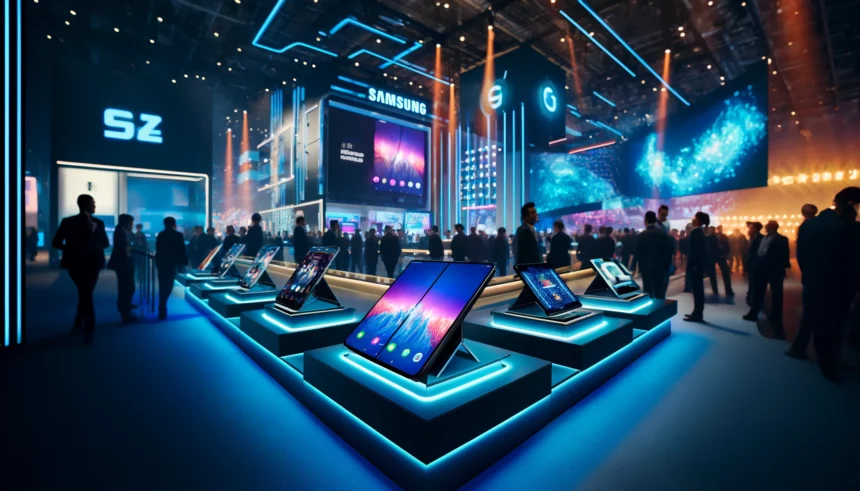Introduction to Foldable Smartphone Growth
Foldable smartphones, once a novel concept, are now steadily carving a niche in the global smartphone market. Industry analysts at TrendForce predict that by 2024, shipments of these innovative devices will reach 17.8 million units, accounting for 1.5% of the total smartphone market. Despite challenges such as high repair costs and initial consumer skepticism, the adoption rate of foldable phones is expected to increase, with market penetration projected to rise to 4.8% by 2028.
Market Dynamics and Brand Performances
Samsung has long been a frontrunner in the foldable phone sector, commanding over 80% of the market in 2022. However, its dominance has waned slightly, with its market share dipping to 60% and facing stiff competition, it is now struggling to maintain a 50% share. This shift is largely due to the entry of other major brands who are eagerly capitalizing on the foldable trend.
In contrast, Huawei has shown impressive strides within the foldable market. In 2023, Huawei increased its presence with the release of the 4G Pocket S, subsequently boosting its market share to 12%. The anticipated release of the Mate X5 and Pocket 2 in 2024, alongside the world’s first tri-fold phone, positions Huawei to potentially secure nearly 30% of the market share.
Competitive Pricing and Emerging Players
Pricing strategies play a crucial role in the foldable phone market. Brands like Motorola and Nubia have leveraged competitive pricing to attract a larger customer base. Motorola’s introduction of the Razr 40 and Razr 40 Ultra, priced between CNY 3,999 to 5,699, is set to propel their market share beyond the 6% mark by surpassing one million units in sales. Similarly, Nubia has made a strong entry with the Nubia Flip, introduced in Japan at a competitive price of $499. This aggressive pricing strategy, combined with sales expansions in several international markets, underscores the brand’s commitment to becoming a significant player in the foldable segment.
Technological Innovations and Consumer Attraction
The foldable phone market is not just about aesthetics; it’s driven by substantial innovations in display technology and user experience. Efforts to enhance screen durability, reduce creasing, and improve overall performance are key focuses for manufacturers. These technological advancements are crucial for reducing costs and enhancing the appeal of foldable devices to a broader audience.
The Potential Impact of Apple’s Entry
Speculation about Apple’s entry into the foldable phone market continues to generate buzz. Apple is known for its stringent requirements for quality and innovation, focusing heavily on crease resistance and reliability in its foldable device prototypes. While Apple’s foldable product may not hit the market until 2027, its potential entry is expected to dramatically shift market dynamics and influence consumer preferences across the globe.
Conclusion and Future Outlook
As the foldable smartphone market continues to expand, it is set to redefine mobile technology landscapes. The ongoing innovations and strategic pricing by existing and new players are making these devices more accessible and appealing. With the potential entry of tech giants like Apple, the next few years could witness transformative changes in how consumers view and use smartphones.
















